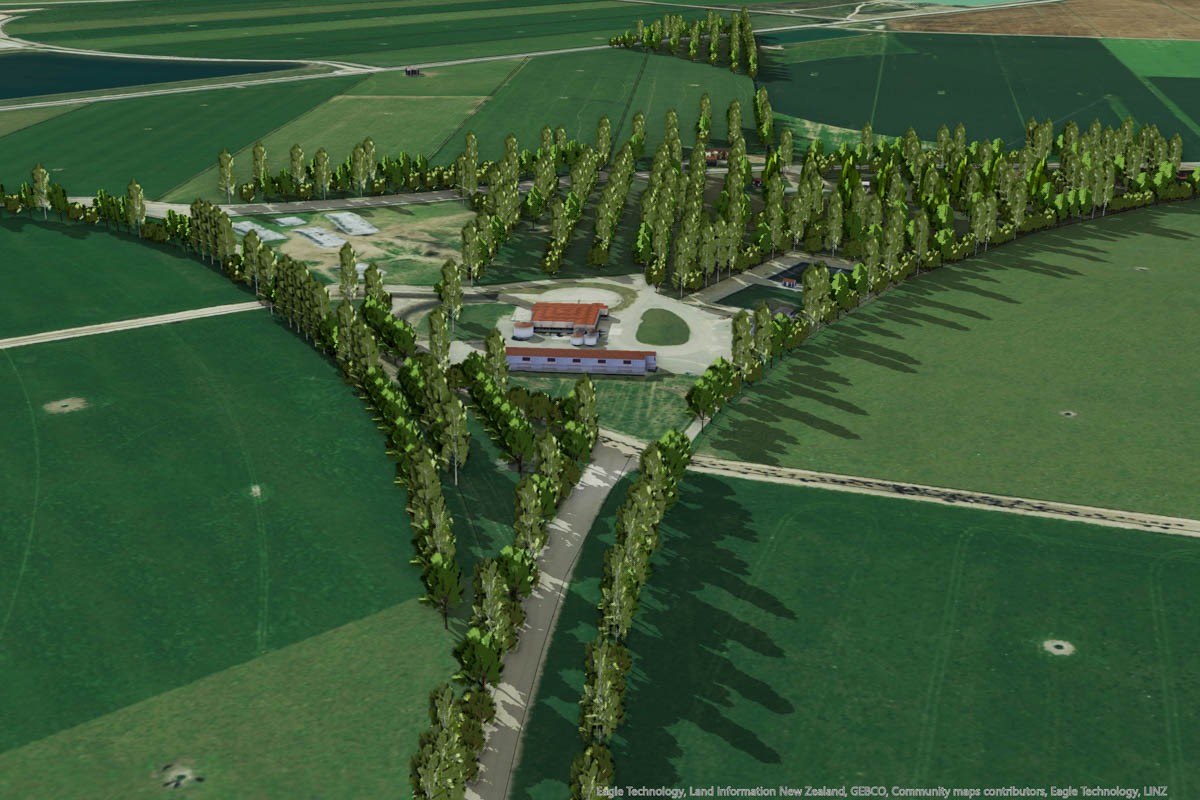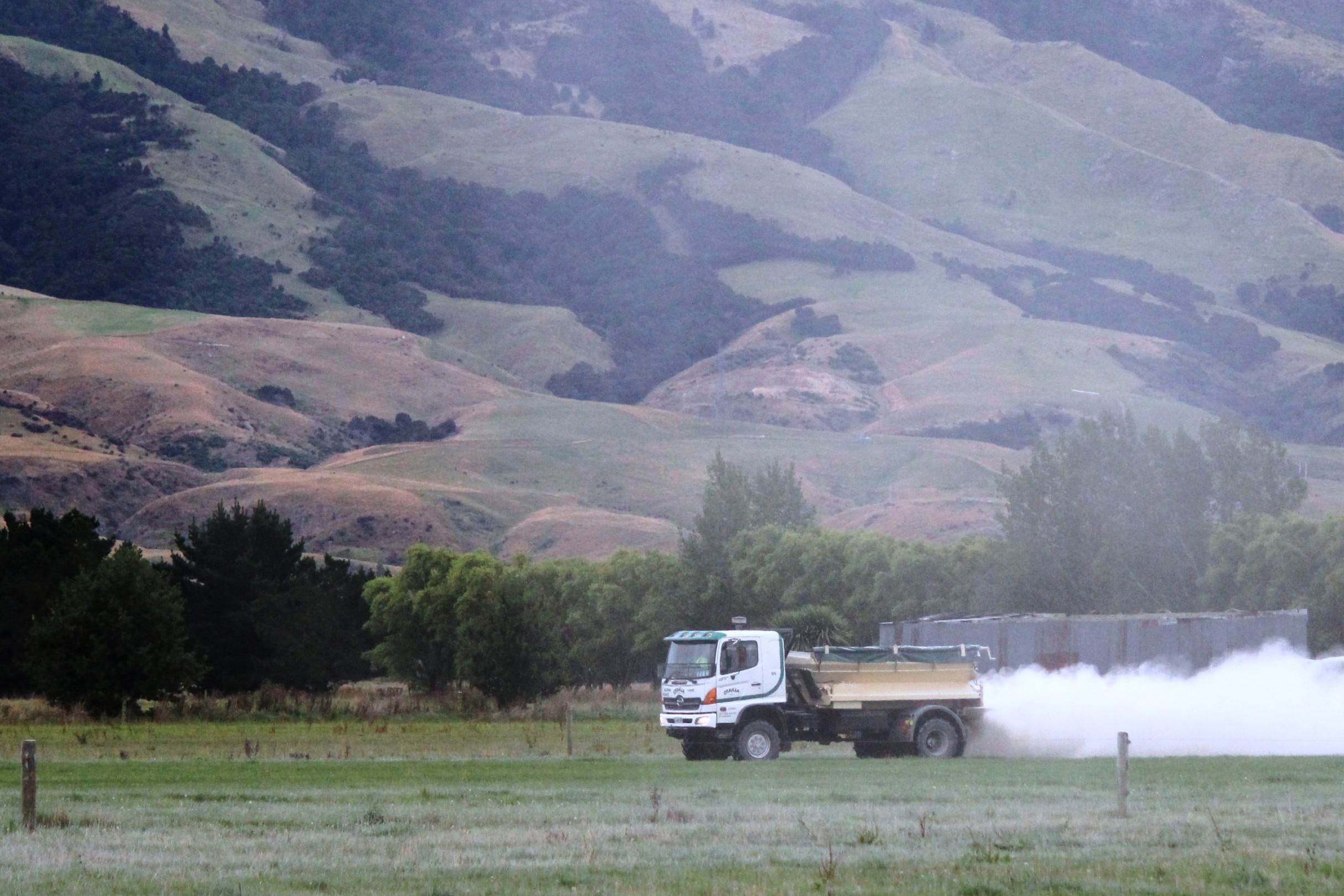The Southern Dairy Hub has been experimenting with grass and balage, for wintering. Story and photos by Karen Trebilcock.
Grass and balage wintering, tried for the first time this winter at the Southern Dairy Hub, was not the good look more than 100 visitors at the July 6 field day were expecting to see.
On the dry day, cows were resorting to lying on balage only hours after they had been given the new break.
General manager of farm operations Louise Cook said they had been told by other Southland farmers who were wintering on grass and balage to “make sure the grass was short so it was in an active growing state”.
The grass paddock shown at the field day not only had a low cover but the grass structure was open. Those there were getting their gumboots stuck in the areas yet to be grazed.
The Hub had found balage hard to come by due to the extended summer dry experienced by the region and she would not say how much bales had cost but, as they were of different weights and quality, it had been difficult to do feed budgets.
However, the Hub had estimated the cows were getting 12kg drymatter (DM) from the balage and “any guess” from the grass. Bales were set out 100 per hectare.
A breakout had resulted in the death of a cow after it ate the plastic wrap when trying to get to the balage.
“We asked the staff whether they found it easier to shift the cows on fodder beet, kale, swedes or the grass and balage and they all said the grass and balage.”
Louise showed two film clips at the field day she had taken during a wet spell in June at the Hub which showed cows standing in water in crop.
“When we sowed the crop paddocks we decided to have areas of Italian in each paddock that we could let them on if the weather turned bad but these areas, when it rained in June, went under water.”
Instead, bales of straw were dropped over the fence from the laneway and rolled out for the cows to stand on.
Back fences were also taken out so the cows had more area to find places to rest.
“We’re feeding crop into the weather this winter and the driest areas are always the crop face but the weather can push the animals away from it.
“We’re finding we need a plan B, C, D and even E and F when it rains.”
Results from a winter crop cultivation study by the Hedgehope-Makarewa Catchment Group and the Hub showed mixed results with yields suffering when crops were direct drilled compared with those sown with conventional tillage.
“We have a lot of raw data from 10 commercial farms plus the Hub, we had an army of volunteers collecting it, and we’re still looking at it all,” DairyNZ senior scientist Dawn Dalley said.
“Although no-till options were more environmentally sustainable from a carbon and soil structure perspective, an unintended consequence was the increased need for chemical weed and insect control to achieve a more sustainable yield in the winter crop and also when returning the area to permanent pasture.”
Weeds and debris left behind after spraying proved a haven for insects and there was poor plant survival due to insect damage and competition from weeds.
Water also pooled on areas which had been direct drilled which lessened cows’ lying times when they were fed the crop but there was less pugging. Dawn said the study showed it was the daily management of grazing stock which had the greatest impact on soil damage, rather than soil type or crop establishment methods.
“It highlights having a winter grazing plan, with well-planned crop husbandry and stock management supported the best wintering success,” she said.
“Farmers who carefully assessed their own situation, adapted what they did as conditions changed, and had good systems in place, had the best outcomes.”
Planning at the hub was continuing for the building of an off-paddock wintering area for next year.
Testing of possible surfaces had started with three trials at Paul and Dani Hardegger’s dairy farm at Isla Bank, half an hour away. (see story pg42, Dairy Exporter July 2022).
Although wood chips have long proved to be preferred by cows, the Hub was also looking at NUMAT interlocking rubber matting and two types of rubber chip with NUMAT Cow Carpet glued on top.
How soft the materials were, whether the cows found them slippery, how easy they were to clean and whether they harboured bacteria would all be looked at as well as affordability.
“We want to look at these surfaces because if everyone in Southland chooses wood chips there would be supply issues.”
The wintering barn at the Hub would have two designs, Dawn said. One would be using woodchips and have a roof as well as a smart gate which stopped cows returning to the woodchipped area to reduce the amount of effluent on it.





